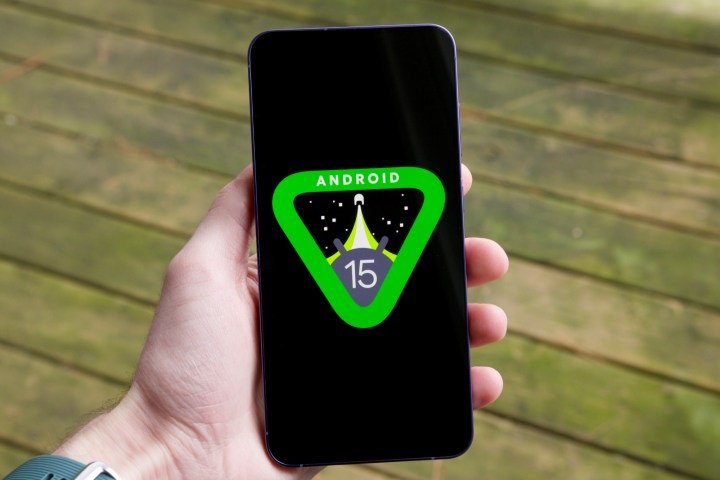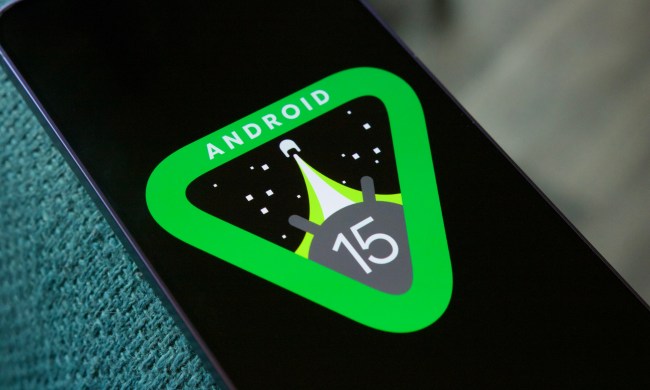Android 15 just arrived for Pixel devices earlier this month while other gadgets await their turn. It might seem a bit early to start getting information about Android 16, but trusted analyst and source Mishaal Rahman says that not only will the operating system see an update much earlier than expected but that Google is actually pushing out two updates in 2025.
To understand why this is such a big deal, you first need to understand the Android release cycle. Once per year, Google comes out with a new Android update. This year it’s Android 15; next year it will be Android 16. Users also get smaller updates throughout the year called quarterly platform releases, or QPRs.
An educated guess would put the Android 16 release in the latter half of the year, but according to Android Authority, the biggest update will happen sometime in Q2 2025. That’s months ahead of the expected schedule, but it allows Google to release a second update in Q4 with new APIs. While we aren’t sure what that update will contain, Google says the update won’t require its developers to rebuild their apps and support isn’t required.

In other words, the update won’t affect apps in any significant ways, so you don’t have to worry about your favorite games suddenly crashing just because Android received an update.
The report makes it clear that, despite the change in schedule for 2025, it isn’t a guarantee that there will be two Android releases per year after this. According to Rahman, “Google told me that future timing after 2025 will depend on its internal roadmaps.”
This odd release schedule could be a fluke, or it could be a sign of things to come. It’s too soon to tell, but knowing that Google is dropping Android 16 so much earlier in the year is cause for excitement for Android fans.



